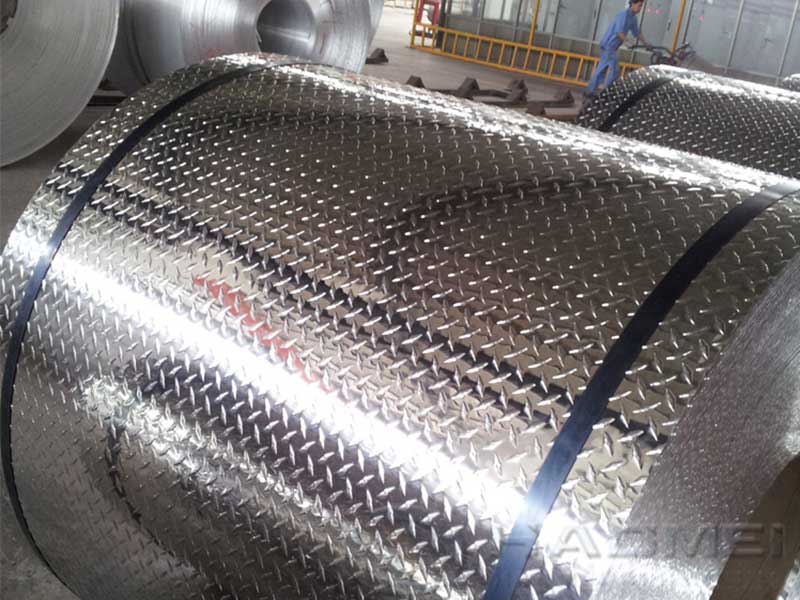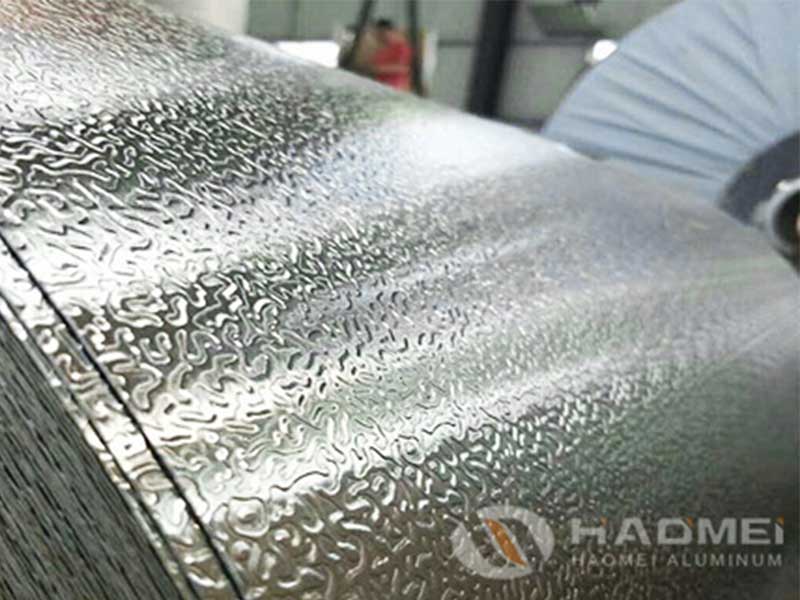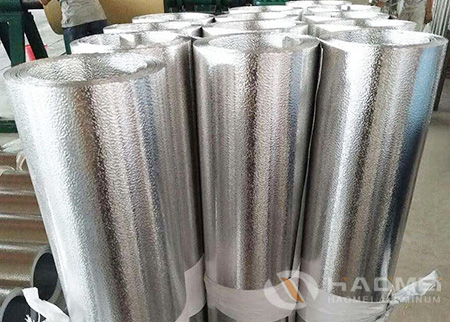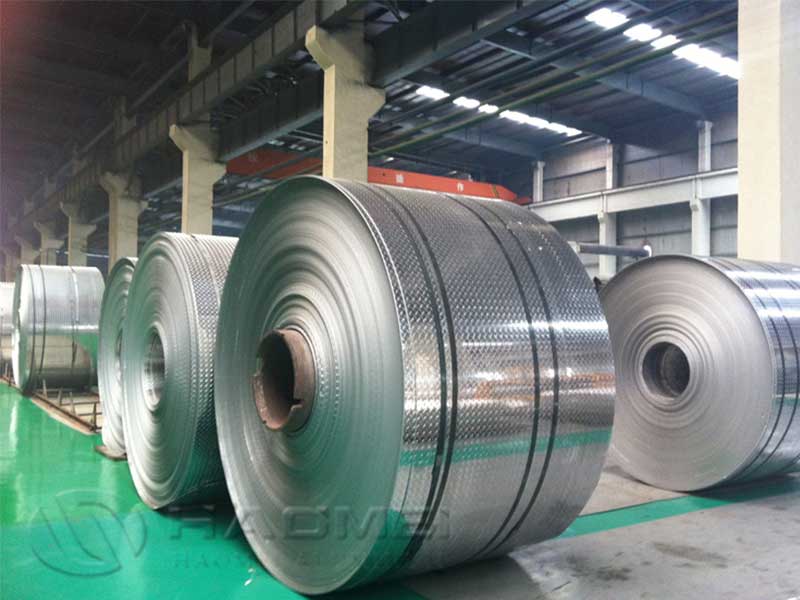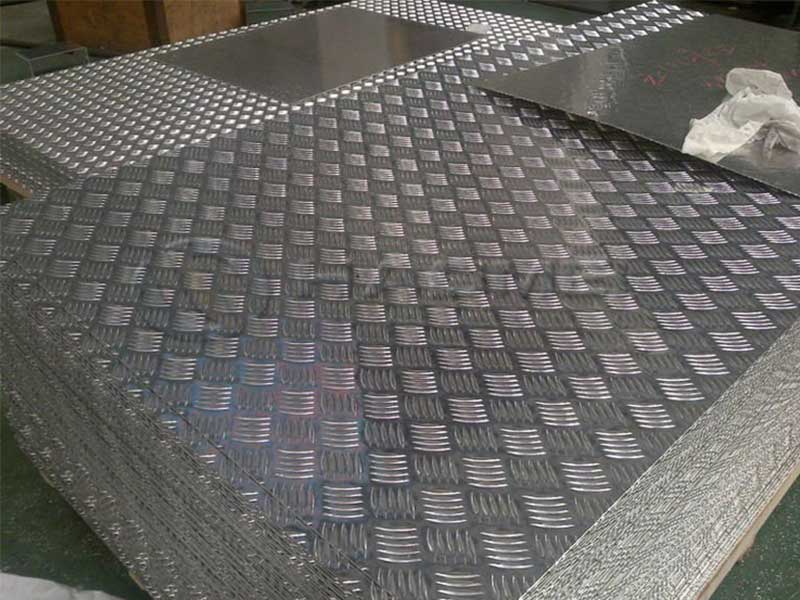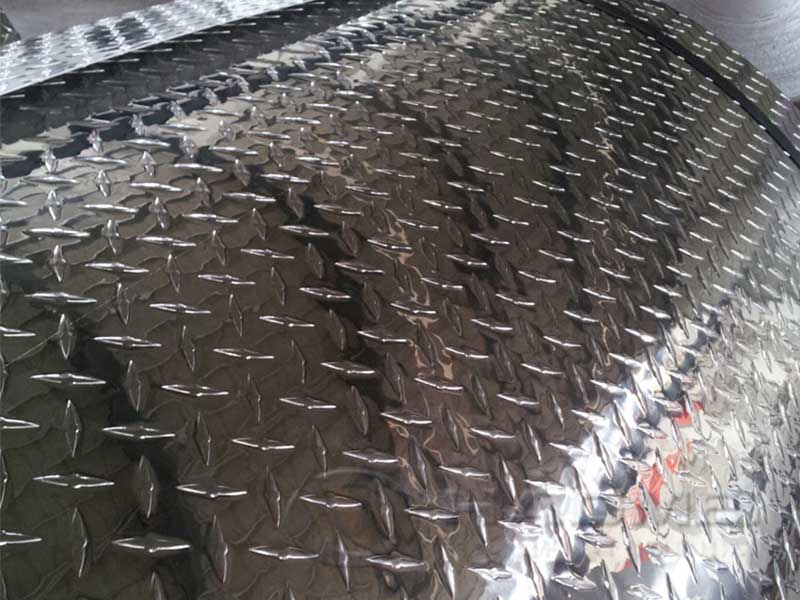Pattern aluminum plate for passenger car
When we consider the advancing landscape of automotive technology and design, we often think about engines, aerodynamics, and entertainment systems. However, one of the unsung heroes in this area is the pattern aluminum plate—a material that functions both as a structural element and a design feature in passenger cars. Its ability to combine practicality with aesthetic appeal opens a unique discussion on its role in the automotive industry.
The Aesthetic Appeal: Pattern-Enhanced Design
Pattern aluminum plate is not simply aluminum; it presents a textured finish that can transform a standard segment into a visually enticing part of the car. Interiors of passenger cars are benefitting from these plates as they can replace more traditional materials used in various elements like dashboards and door panels. The unique patterns can subtly increase visual interest, evoking a sense of modernity and elegance that appeals to customers in today's market.
The choice of pattern for aluminum tread plate in passenger car applications is a fascinating blend of aesthetics and functionality. While a classic diamond plate offers excellent grip and a robust appearance, its relatively deep grooves can be problematic. In passenger cars, weight is a critical concern, so a shallower, more subtly patterned plate might be preferable, sacrificing a tiny amount of grip for significant weight savings. Furthermore, the pattern's visibility is a factor; a highly textured pattern might clash with the vehicle's interior design, or reflect light in distracting ways. We've experimented with laser-etched patterns offering a sleek, modern aesthetic while retaining sufficient traction for applications like footrests or interior trim. The is balancing performance needs with the vehicle's overall design language.
Beyond the pattern itself, material selection within the aluminum tread plate is crucial. For interior applications, corrosion resistance is less critical than weight and formability. We've found that certain aluminum alloys, specifically those offering superior formability, allow for more intricate patterns to be stamped or embossed cost-effectively. The use of thinner gauges also contributes to weight reduction without compromising structural integrity in many interior applications. However, rigorous testing is paramount to ensure the chosen pattern and alloy can withstand the stresses and vibrations inherent in a vehicle's operational environment and prevent fatigue failure over the vehicle's lifespan.
Dynamic Safety Features
Besides aesthetics, safety is paramount in automotive design. Pattern aluminum plate benefits passenger cars by enhancing grip for components prone to contact. For instance, the application of textured patterns on stepping areas, such as in entry points or truck beds, significantly increases friction—reducing the likelihood of slips and falls. This aspect not only serves to protect passengers and drivers but also enhances the overall driving experience.
Furthermore, pattern aluminum plates are invaluable in sound dampening. The unique structure of these plates can absorb vibrations, leading to quieter, more reliable cabins. This reduction in noise pollution contributes directly to passenger comfort, making long rides feel less tiresome.
Applications Across the Automobile Sector
Applications for pattern aluminum plates extend beyond mere aesthetics and safety features. They can be found in various forms, from exterior cladding to undershields. With the growing emphasis on weight reduction for better fuel efficiency and electric vehicle applications, the lightweight nature of aluminum allows car manufacturers to optimize vehicle performance without compromising strength or durability.
Manufacturers are also utilizing the corrosion-resistant qualities of aluminum, ensuring that these patterned plates withstand harsh environmental conditions such as rain, snow, and road debris. This durability protects not only the car's exterior but also prolongs the life of its components, ultimately affecting long-term ownership costs positively.
Technical Insights: The Composition and Production Process
From a technical viewpoint, pattern aluminum plates often utilize 5052 or 6061 aluminum alloys, known for their excellent surface finish and overall mechanical properties. These alloy choices provide the essential balance between strength and formability. When it comes to production, these plates undergo methods such as bending, forming, or stamping to achieve the desired shapes and patterns.
Another critical aspect is the finishing process. Anodizing or powder coating is typically applied after pattern creation, adding a layer of robustness to the surface, enhancing the visual finish, and expanding resistance against scratches and degradation from UV exposure.
https://www.al-alloy.com/a/pattern-aluminum-plate-for-passenger-car.html


